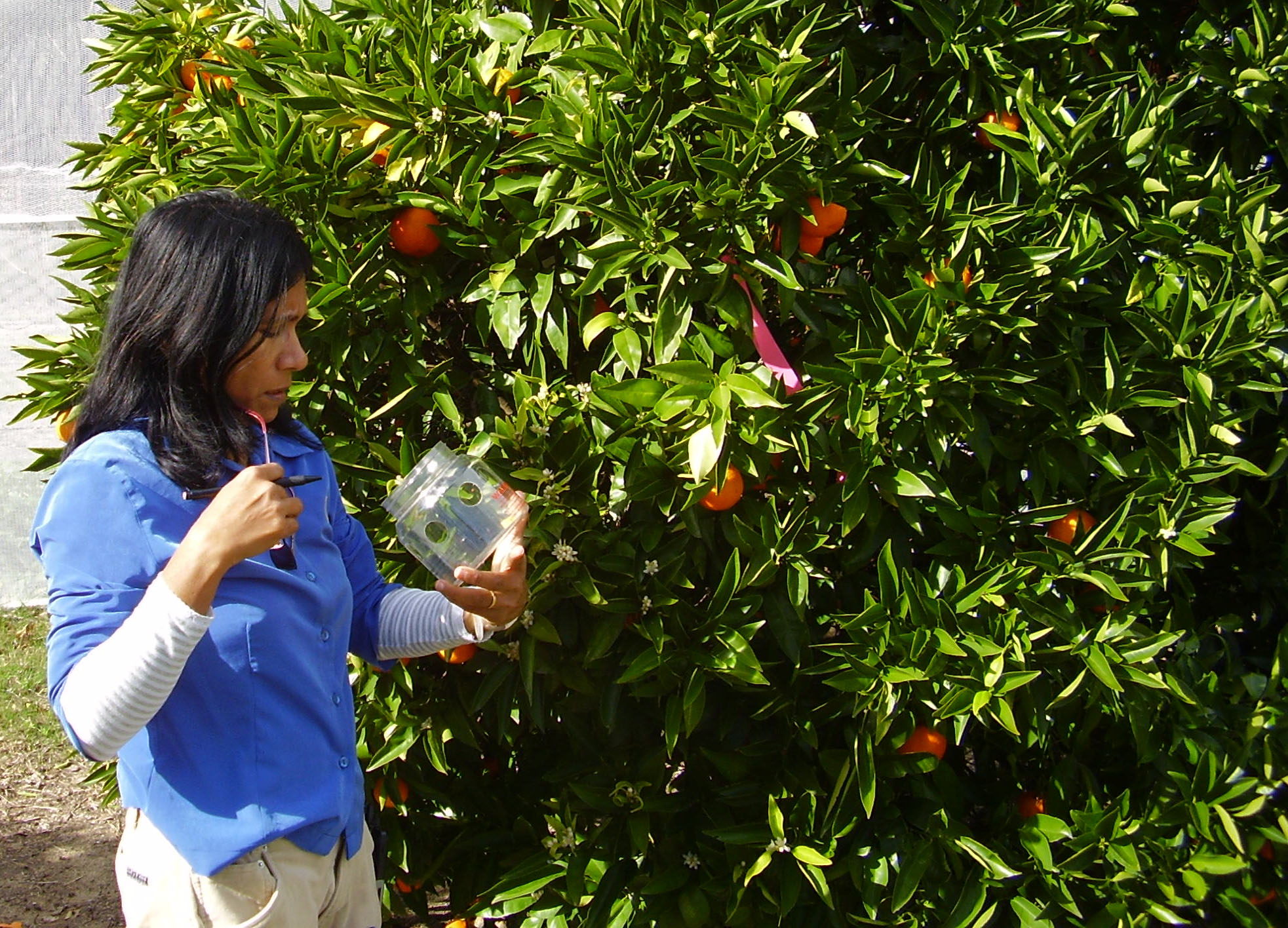Female fruit fly lures improve orchard pest protection
 A new tool is being tested in Western Australia to improve monitoring for a range of fruit fly species, which could threaten the nation’s valuable horticulture industry.
A new tool is being tested in Western Australia to improve monitoring for a range of fruit fly species, which could threaten the nation’s valuable horticulture industry.
Researchers are examining whether new female lures are more effective than lures currently in use and can be used to detect fruit fly species that may not be attracted to the male lures.
Male lures are used in surveillance programs to demonstrate area freedom from fruit fly pests to international markets but they are only effective for certain species.
The Cooperative Research Centre for National Plant Biosecurity female lure project is a collaboration between Industry & Investment New South Wales and the Department of Agriculture and Food, Western Australia (DAFWA). The project also has funding from Horticulture Australia Limited.
Two lure recipes are being tested. One is a moist gel lure and the other, a dry lure, which comes in a granular form is meant for more humid climates.
DAFWA research officer Shirani Poogoda is evaluating the lures in WA, which were developed in NSW.
Laboratory and outdoor cage trials last year showed promising results. Preliminary trial work has been carried out in Kununurra with native fruit fly species and in Donnybrook with Mediterranean Fruit Fly (Medfly). Further field testing is scheduled in both areas and analysis of the data will be undertaken in coming months.
Ms Poogoda said the new lures attempted to improve on the female lure currently available for fruit fly.
'The liquid protein lure used for species other than Medfly, breakdown easily and are messy to use, while the dry Medfly lure is not effective for a lot of other fruit fly species and has a relatively small attraction range,' she said.
Ms Poogoda said the lures would be useful to both government surveillance programs and horticulture producers alike.
'The lures could be used in traps to indicate threshold numbers so orchardists can determine when is the best time to take control action so they don’t need to use chemical treatments unnecessarily,' she said.
Australia is free from highly destructive fruit fly species such as the Oriental fruit fly, Asian Papaya fruit fly and Melon fly. Western Australia is currently free from Queensland fruit fly. The Ord River Irrigation Area is free from Medfly, which enables it to export to countries like New Zealand.
The project will present its final findings in late 2010.
Photo caption: DAFWA research officer Shirani Poogoda checks an experimental female fruit fly lure at a citrus orchard in Harvey.
Content supplied by: DAFWA

